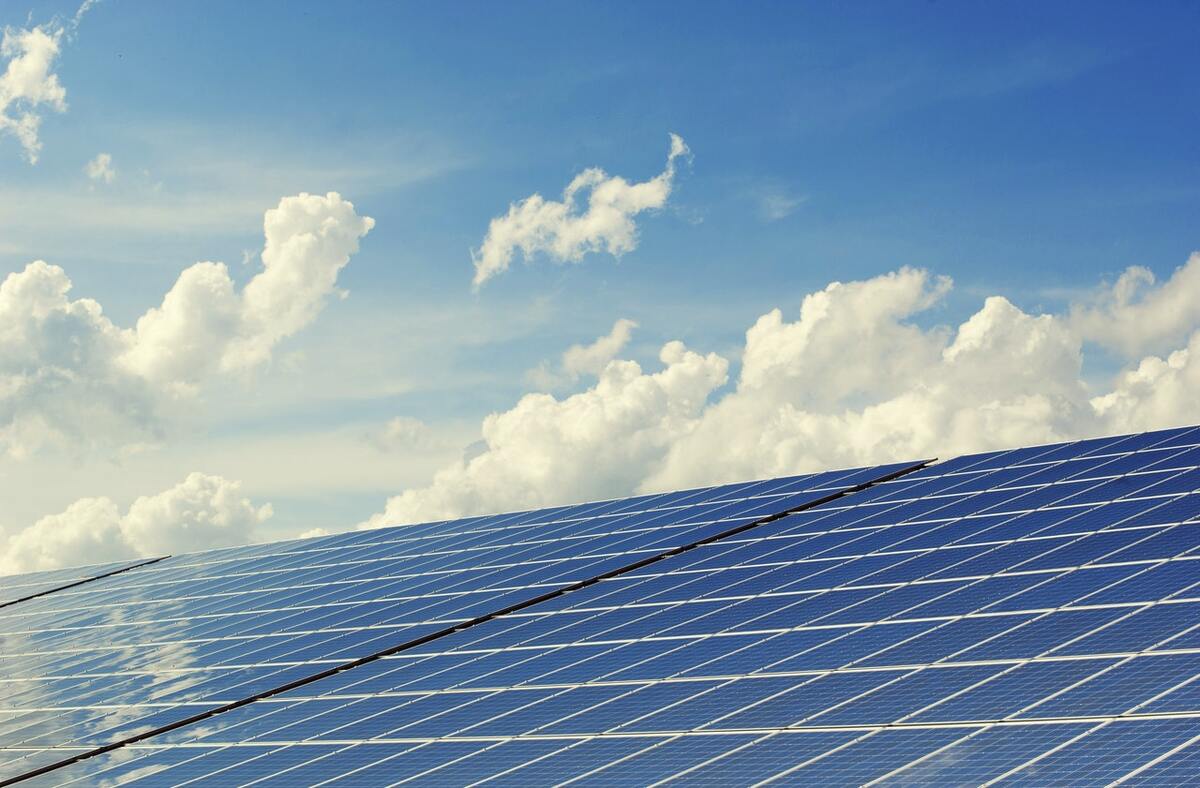Solar Energy's Time in the Sun Has Come for Residential Construction

There’s no denying that renewable energy has become accessible for homeowners, not just large commercial buildings. It’s now clear that more people intend to use renewable options to power their houses. That’s a great sign for those pushing for sustainable alternatives.
The industry might even reach new heights as solar energy works its way into mainstream markets. Solar looks like it’ll become increasingly available and popular for different reasons. Here’s a look at why solar energy currently has the spotlight.
The Worldwide Increase in Solar Panel Production
To understand the increase in solar panel availability, it’s important to look at what production looks like internationally. In China, massive government subsidies and investments have led to the country having the world’s largest solar energy fleet. Chinese residents need sustainable solutions to high power needs and air pollution concerns, and as a result, they are heavily investing in solar panel production.
In the United States, residential solar projects are becoming more common. Around 43% of American homeowners say they’ve given solar panel installation serious thought. There are hundreds of thousands of people whose jobs involve solar energy, too. It’s a $17 billion U.S. industry that should double in five years.
India is third in line for countries that have invested in solar. While their market focuses on utility plants, they produce an impressive amount of photovoltaic capacity — reaching nine percent of the global market share.
This data confirms a worldwide interest in solar power. There doesn’t seem to be a cap for how far solar energy will reach, and it’ll probably be a lucrative sector for international trade for years to come.
Why It’s Now Easier to Install Solar Panels
What does this production have to do with residential construction markets? There are a few reasons why solar panels didn’t gain traction sooner. Price has always been a factor. It can cost up to $25,000 upfront in the U.S. to install a 5 kW residential system, which is a pretty penny before tax breaks. There wasn’t sufficient information before, and homeowners didn’t want to pick new systems unless they understood their benefits.
Fortunately, residents now have access to cheaper options. The prices for solar have fallen drastically compared to previous decades. That’s because material and installation costs are more affordable and efficient.
People also know more about solar energy than they did previously. Those who want to install panels can easily access knowledge to help them make their decision. Research studies and word-of-mouth success with new technologies can encourage homeowners to take the leap and join in on a popular trend. They no longer need to be innovators to pursue renewable energy.
The Benefits of Solar Panels
Consumers can enjoy various benefits from solar power. Buyers even have a chance to choose among three different solar panel types: monocrystalline, polycrystalline and thin-film. They can also operate separately from their local grid.
Here are three key perks that solar energy offers.
1. It Reduces Energy Needs
It’s easy to save energy when using solar panels. Homeowners always want to find ways to keep energy consumption low so their bills aren’t too high. That’s also key for sustainable reasons.
Solar proves to be a clean yet powerful resource that replenishes. It only uses as much energy as what’s needed immediately. The excess gets stored in a local electricity grid and becomes a credit on next month’s statement.
Depending on where houses are being built and renovated, a solar panel addition can make up for its upfront cost in twelve to fourteen years. Considering a multi-decade lifespan, this potential for energy savings is an appealing long-term investment for energy-conscious homeowners.
2. Countries Promote Tax Incentives and FiTs
Here’s another economic perk that homeowners can enjoy in many residential markets. Many nations are proposing tax breaks or incentives for investment in solar panels. This is particularly popular in Europe and the United States.
The U.S. government offers tax incentives and breaks for those who install residential solar panels. This program helps offset any additional costs associated with solar energy, which is why some people don’t mind their often steep upfront prices.
It’s important to note that solar tax credits have already been slashed from 30% to 26%. Those figures will decrease to zero by 2023 for residents. This plan won’t change unless Congress chooses to update these policies.
European countries such as Italy, Germany and Spain incentivize investment with feed-in tariffs, a popular policy strategy that allows people — including homeowners — to provide energy to utilities at a more premium rate for a fixed amount of time. In Germany, FiTs have contributed to 1.6 million solar panels being installed in a country with 40 million households.
3. Houses Sell for More Money
There’s no denying that solar panels weren’t as prevalent 10 years ago. It’s clear that much has changed in this area. Individuals in some markets can now anticipate a more than 4% return when their property includes solar panels.
Renewable energy is only set to grow on the world stage. For homeowners and residential installers, the value of solar panels will become even more apparent — and the market is starting to reflect this.
Solar Energy is More Accessible For Residential Construction
There’s never been a better time for homeowners and building professionals to install solar panels — and more opt for renewable energy every day. That’s a great sign for anyone who cares about environmental issues. The future certainly looks bright for solar energy initiatives across the world.



